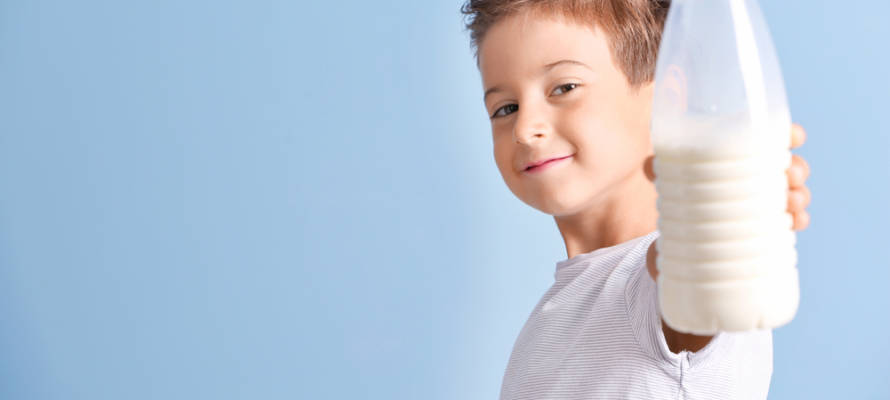“Do we want to keep contaminating our environment and potentially our bodies with microplastics or do we start doing something about it?” Dr. Noam van der Hal said.
By United with Israel Staff
Dr. Noam van der Hal, a PhD in Environmental Sciences at the University of Haifa, examined a variety of cow milk and found the specimens contained microplastic particles. Plastic can cause serious health problems.
Sixteen samples from three different brands of milk in three different packages were evaluated.
“The process was pretty straightforward,” van der Hal said, according to YNET. “I took various samples of milk from a plastic bottle, a plastic bag, and a cardboard container and percolated them through different-sized filters. Through this, I was able to determine the most accurate number of particles per sample.”
He also evaluated milk from dairy farms before packaging.
The researcher’s findings were alarming. All three brands of packaged milk contained microplastics ranging from 10 to 200 particles per sample. Microplastics are defined by the U.S. National Oceanic and Atmospheric Administration as any plastic fragment less than 5 mm long.
“In order of magnitude, I found fewer particles of microplastics in [the farm] samples,” he said. “That means for every 10 particles of plastic in the packaged milk, I found only one particle per sample from the tank.”
Though van der Hal’s study was done on a small sample and his findings are not conclusive, he speculates that milk in plastic bottles generates possibly health-damaging contamination. It is possible that plastic bottle production leaves loose particles inside bottles or they break away from inside the container when filled.
“Some of the particles are merely fibers while others are actual pieces of plastics, but my guess is that most of the particles leach into the milk during the bottling process,” he told YNET.
Microplastics are primarily created when plastic breaks down through exposure to ocean surface waves, UV-radiations, salt, wind and other environment processes. They are now found in nearly every ecosystem on Earth and are commonly consumed by both fish and man. Microplastics are also found in the air.
Recognizing the limitations of his research, van der Hal said, “The goal of this experiment was simply to strengthen the current state of research that wherever we look, we find microplastics. The question is, what are we going to about it? Do we want to keep contaminating our environment and potentially our bodies with microplastics or do we start doing something about it?”
The National Center for Biotechnology Information (NCBI), part of the United States National Library of Medicine branch of the National Institutes of Health, says plastic poses a serious threat to the environment and to the health of the consumer.
Plastic is “linked with severe adverse health outcomes such as cancers, birth defects, impaired immunity, endocrine disruption, developmental and reproductive effects etc.,” reports NCBI. “Promotion of plastics substitutes and safe disposal of plastic waste requires urgent and definitive action.”
